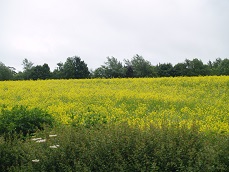
Agronomic Cropping Course
Large scale cropping produces a large proportion of the raw product that we use in our day to day living; from cereals that are made into bread, to cotton that produces fibre for clothing.
Agronomic cropping provides animal feeds, cooking oils, and even fuel supplements used in engines.
This is a significant, sophisticated and very important sector of farming; and learning more about agronomy is going to open your eyes to opportunities for employment, business and improved efficiencies in this sector of the agricultural industry.